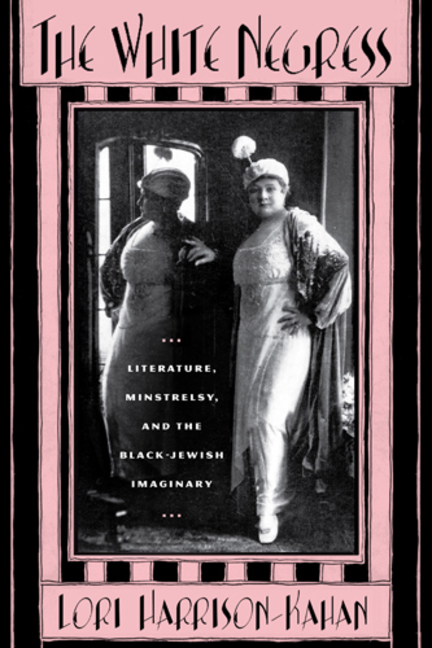New Christians/’New Whites’: Sephardic Jews, Free People of Color, and Citizenship in French Saint-Domingue, 1760-1789Posted in Books, Caribbean/Latin America, Chapter, History, Judaism, Media Archive, Religion on 2011-11-05 01:56Z by Steven |
Chapter (pages 314-332) in: The Jews and the Expansion of Europe to the West, 1450-1800
Berghahn Books
2001
592 pages
Pb ISBN 978-1-57181-430-2; Hb ISBN 978-1-57181-153-0
Edited by: Paolo Bernardini and Norman Fiering
Chapter Author:
John D. Garrigus, Associate Professor of History
University of Texas, Austin
The case of Saint-Domingue’s Sephardim illustrates that the story of Jews in Europe’s expansion westward is about more than the survival or mutation of deeply rooted family traditions. Old World questions about Jewish political identity did not disappear in the Americas. Rather, these persistent issues forced colonists and their children born in the New World to reconcile European philosophies with American conditions. In the case of the largest slave colony in the Caribbean, Saint-Domingue’s Jews helped translate emerging French nationalism into an attack on racial prejudice that eventually produced the Haitian revolution. By raising complex issues of national identity and citizenship in French America after 1763, Sephardic merchants and planters provided a model for another group whose place in colonial society was equally ambiguous: Saint-Domingue’s free people of color.
In the mid-1780s, the self-proclaimed leaders of the colony’s “mulattos” adopted many of the techniques that colonial Jews used to fight for legal rights. Their challenge to a racial hierarchy that had only recently acquired full legitimacy threatened the ideological basis of plantation society. By 1791 political and military struggles between colonial “whites” and “mulattos” had become so vicious that a great slave rebellion was possible.
The civil positions of colonial Jews and free people of mixed European and African parentage were parallel because elites in France began to construct new definitions of French citizenship in the mid-eighteenth century. In Paris and elsewhere, Jansenist judges and Protestant leaders pushed royal administrators to recognize that property, loyalty, and civic utility, not orthodox Catholicism, defined French identity. At the same time, royal bureaucrats eager to open France to wealthy families born outside its borders began to free these influential immigrants from traditional legal disabilities. By 1789, therefore, the continuum of rights and disabilities separating non-French residents and native-born subjects of the French monarchy was increasingly simplified into two mutually exclusive categories: citizen and foreigner…
Read the entire chapter here.


